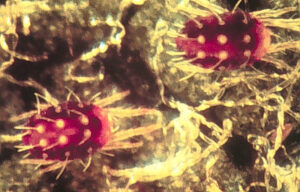
WNC Orchard Insect Pest Populations - June 24, 2025
In Henderson County and similar elevations, first generation codling moth flight is complete, and second generation flight is not …


El inglés es el idioma de control de esta página. En la medida en que haya algún conflicto entre la traducción al inglés y la traducción, el inglés prevalece.
Al hacer clic en el enlace de traducción se activa un servicio de traducción gratuito para convertir la página al español. Al igual que con cualquier traducción por Internet, la conversión no es sensible al contexto y puede que no traduzca el texto en su significado original. NC State Extension no garantiza la exactitud del texto traducido. Por favor, tenga en cuenta que algunas aplicaciones y/o servicios pueden no funcionar como se espera cuando se traducen.
Inglês é o idioma de controle desta página. Na medida que haja algum conflito entre o texto original em Inglês e a tradução, o Inglês prevalece.
Ao clicar no link de tradução, um serviço gratuito de tradução será ativado para converter a página para o Português. Como em qualquer tradução pela internet, a conversão não é sensivel ao contexto e pode não ocorrer a tradução para o significado orginal. O serviço de Extensão da Carolina do Norte (NC State Extension) não garante a exatidão do texto traduzido. Por favor, observe que algumas funções ou serviços podem não funcionar como esperado após a tradução.
English is the controlling language of this page. To the extent there is any conflict between the English text and the translation, English controls.
Clicking on the translation link activates a free translation service to convert the page to Spanish. As with any Internet translation, the conversion is not context-sensitive and may not translate the text to its original meaning. NC State Extension does not guarantee the accuracy of the translated text. Please note that some applications and/or services may not function as expected when translated.
Collapse ▲
In Henderson County and similar elevations, first generation codling moth flight is complete, and second generation flight is not …
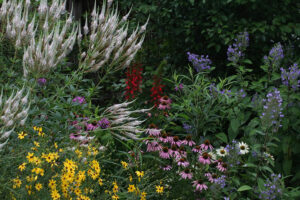
Summer tours of North Carolina Cooperative Extension’s Pollinator Paradise Demonstration Garden in Pittsboro start in early July! The garden features over …
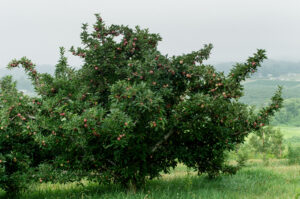
Codling Moth: Throughout the region we remain in that window where codling moth is between generations, and unless there …
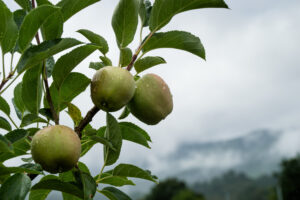
Depending on elevation, we are either approaching or in that period when most major pests exhibit a low potential …
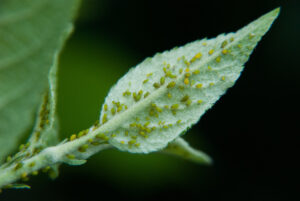
In orchards at elevations of about 2000 ft or higher (e.g., Henderson County), this week should see the last …
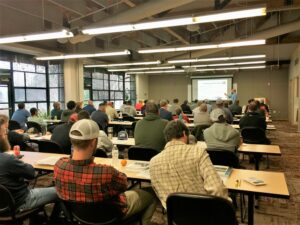
The fall 2025 Pesticide Safety Schools are available to those seeking initial licensing in one or more pesticide subcategories. To …
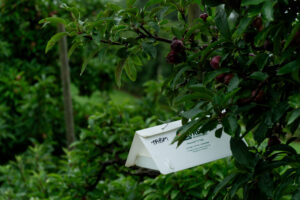
First generation codling moth remains a key pest of concern across the region. Also, the window for tufted apple …
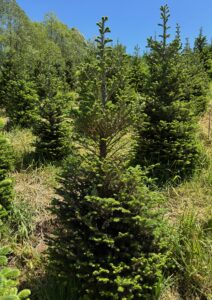
Hemlock rust mite populations are are particularly high right now in some areas of WNC. This week’s temperatures have been …

The Southeastern Vegetable Extension Workers Group has just released the 26th edition of the Southeastern U.S. Vegetable Crop Handbook. …

Codling moth degree-day accumulations range from about 370 in Henderson County (2100 ft) to about 600 in the lower …
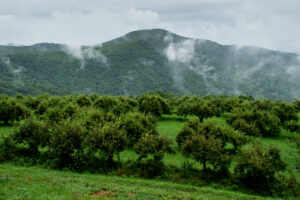
Recent hail in some orchards will surely affect decisions on continuing to invest in pesticide costs, but for those …
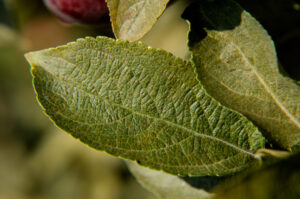
Codling Moth: The cooler weather pattern has slowed degree-day accumulations, and consequently codling moth development has fallen behind last …
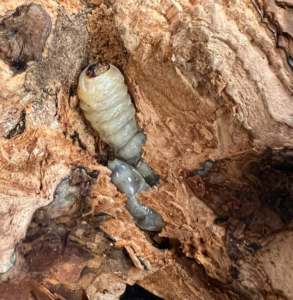
This week, Prionus adults emerged from the soil near the blueberry plants in Pender and Sampson Counties. This is …

With petal fall sprays completed throughout the region, the focus for the next few weeks will be on first …
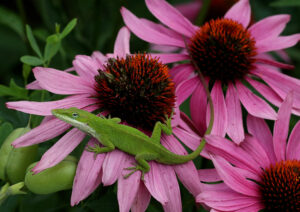
Spring tours of North Carolina Cooperative Extension’s Pollinator Paradise Demonstration Garden in Pittsboro start on May 10! The garden features over 225 …
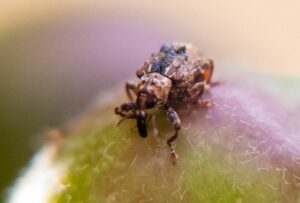
The majority of apples throughout the region are at petal fall, with some later cultivars still blooming. As discussed …
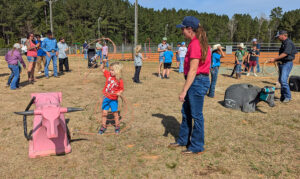
The 5th Annual Chatham County Spring Ag Fest on March 29, 2025, was a success with a great crowd and beautiful …
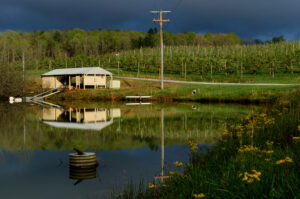
Petal fall is a critical time for management of plum curculio, and potentially oriental fruit moth and rosy apple …
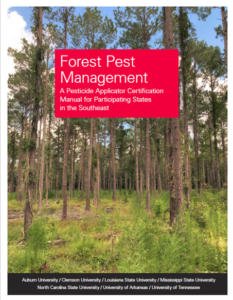
The Pesticide Safety Education Program at NC State University is offering an online exam preparation course for those seeking …
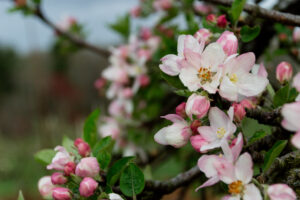
With trees either in or approaching bloom, hopefully orchards have received an oil application at green tip for early …

Leafhoppers are insects of importance to highbush blueberry growers in North Carolina. Species in the …

This factsheet describes the small hive beetle, its life cycle and how to prevent infestations …

It is the goal of every beekeeper to maintain healthy, productive colonies. This can only …

This factsheet provides basic information about prevention and control of Africanized honey bees prior to …

This factsheet describes the biology of the giant strong-nosed stink bug, Alcaeorrhynchus grandis, and provides …

This manual prepares pesticide applicators for Forest Pest Control Certification exams in the following states: …

This manual provides guidance tailored for North Carolina's non-commercial pesticide applicators using fumigants in commodity …
